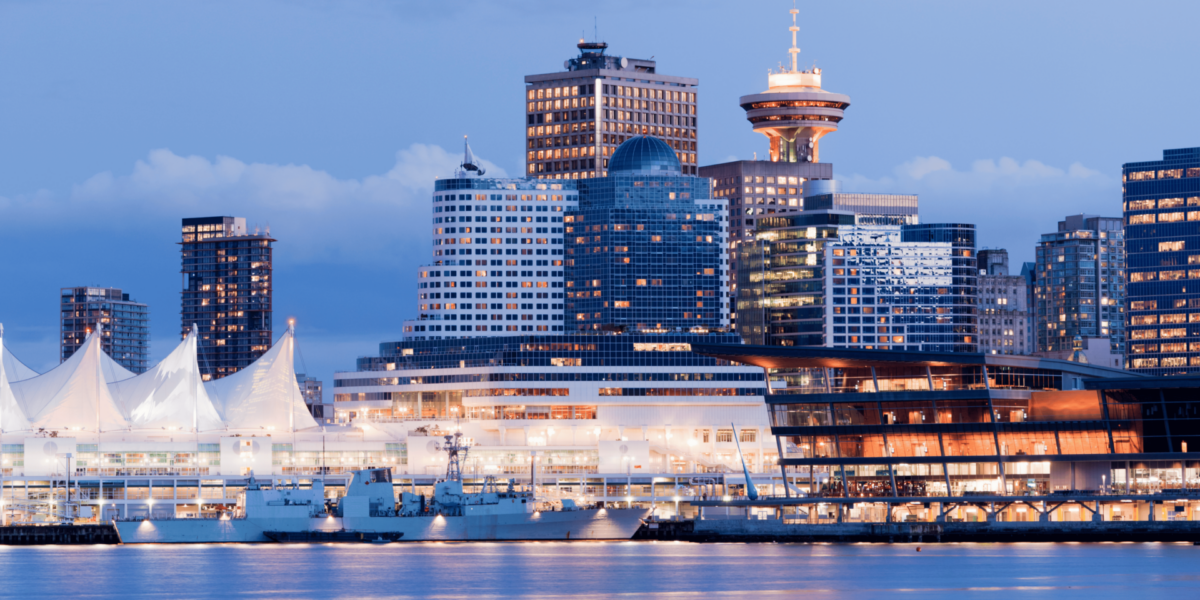Urban Landscapes Reflect Shifting City Identity
Cities change constantly. Buildings go up, streets get reworked, and public spaces evolve. In Vancouver, the materials that shape the skyline—concrete, glass, and steel—tell a story about how memory and architecture intersect.
A resident walking down a familiar block may suddenly notice an empty lot where an old café once stood. In its place rises a high-rise tower wrapped in glass. This shift isn’t just physical—it alters how people remember the place. Urban transformation replaces shared landmarks with new structures, leaving memory to fill in the gaps.
Photography Captures Transitions in Real Time
Photographers documenting the city serve as record keepers. Their work freezes moments of change before they disappear. Through the lens, details that often go unnoticed become part of the visual history of a neighborhood.
Standing on a rooftop, a photographer captures an old industrial building shadowed by a newer development. Side by side, the structures contrast age, purpose, and design. The image becomes more than documentation—it becomes evidence of how quickly a city can change, and how memory lingers even as the view shifts.
Glass Structures Redefine Visibility and Reflection
Glass has become the dominant material in modern urban architecture. It reflects light, opens views, and gives buildings a sleek, contemporary feel. But it also distorts. Reflections of other buildings, clouds, and traffic create constantly changing surfaces.
From a city sidewalk, a person looking up at a glass tower may see their own reflection layered against the sky. They may also see fragments of surrounding buildings mirrored in the glass. This overlap blurs the lines between structures. In doing so, it makes it harder to hold onto visual memories of what once stood in that space.
Concrete Holds the Weight of the Past
While glass reshapes the present, concrete carries the past. Older buildings made from concrete often outlast trends. Their surfaces weather, crack, and stain—recording the passage of time in their structure. They offer texture and weight to neighborhoods increasingly dominated by smooth facades.
A city worker inspecting a transit station sees graffiti etched into the concrete walls—some fresh, others faded by decades. These markings aren’t decorative, but they remain. They become part of the site’s history, linking generations through visible signs of use and memory.
Modern Development Pressures Legacy Spaces
As development increases, legacy buildings often face demolition. Historic theatres, industrial warehouses, and small-scale commercial buildings give way to new residential or mixed-use towers. While some cities try to preserve these spaces, many are lost in the rush for density.
In a realistic city planning scenario, a block of mid-century low-rises is cleared to make room for high-rise construction. Long-time residents and small business owners relocate. The map stays the same, but the character of the space changes. Memory becomes disconnected from the visible city.
Public Art Preserves Cultural Layers
Urban change doesn’t erase everything. Public art—murals, installations, and sculptural works—can help preserve cultural memory, even as buildings shift. These works become fixed points that reference people, histories, or events tied to a location.
A mural painted on the wall of a former community center survives even after redevelopment. Surrounded by modern structures, the art becomes a portal to the past. It carries memory forward without blocking change, allowing the city to reflect both present needs and historical presence.
Lens-Based Work Builds Visual Archives
City photographers, documentarians, and local artists build visual archives that help people remember what once filled a space. These archives live in gallery collections, online databases, and personal photo albums. They create continuity between what was and what is.
A curator working in a city museum might assemble a collection of street-level photographs spanning two decades. When displayed side by side, the images show not just new buildings, but changes in signage, tree cover, street markings, and public behavior. These details offer more than nostalgia—they reveal patterns of urban development.
Urban Memory Requires Active Participation
Memory in the city isn’t passive. It relies on the people who live, work, and move through it to pay attention. When someone notices a change—a missing building, a new facade, a rerouted path—they begin to form memory in relationship to space.
In a neighborhood council meeting, residents raise concerns about the loss of a local gathering spot. Even without the original building, the memory of its role remains. That shared memory becomes a basis for action, influencing how future development is discussed and shaped.
Buildings Become Markers of Shared Experience
Some buildings do more than house people or services—they anchor community experience. Schools, libraries, corner stores, and public squares hold emotional value. When they disappear or transform, the memory of what they meant often becomes more visible than the structure itself.
A community organizer reflecting on their neighborhood may refer to a demolished church not by name, but by what happened there—weddings, meetings, meals. These memories attach to the site, not the walls. They continue even after the physical form is gone.
Future Cities Need Space for Memory
Urban growth isn’t inherently negative. Cities must change to meet new demands. But when development ignores memory, it risks erasing the people and stories that shaped the place. Design that leaves room for history creates more livable, meaningful urban spaces.
A design team working on a new public plaza may integrate salvaged materials from nearby demolished buildings. These elements—bricks, signage, benches—don’t recreate the past. They acknowledge it. The result is a space that feels new but remains rooted in the city’s collective memory.

